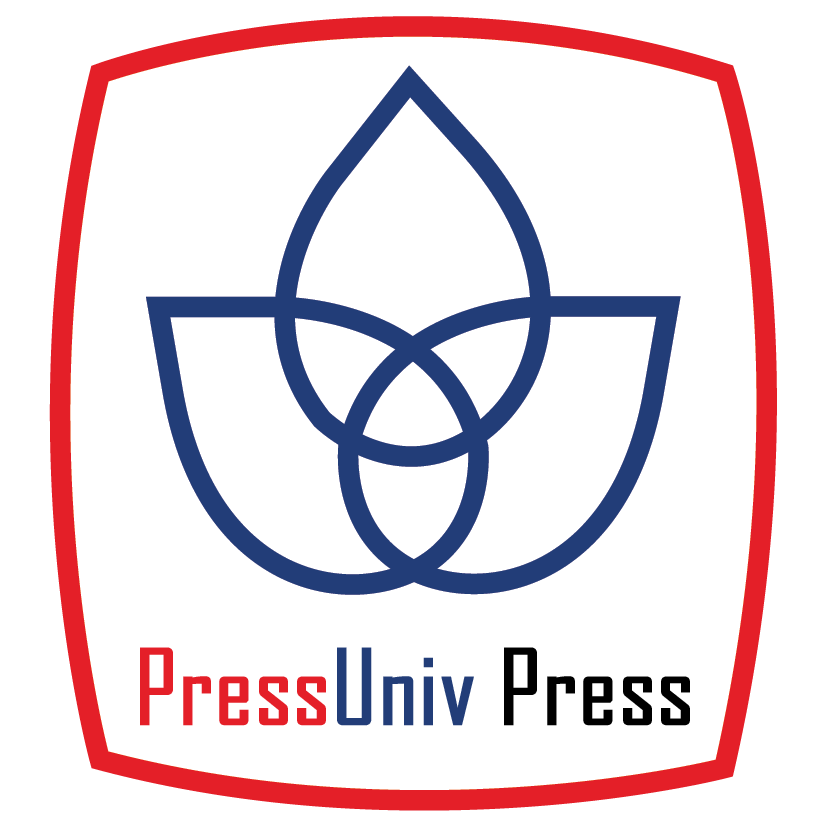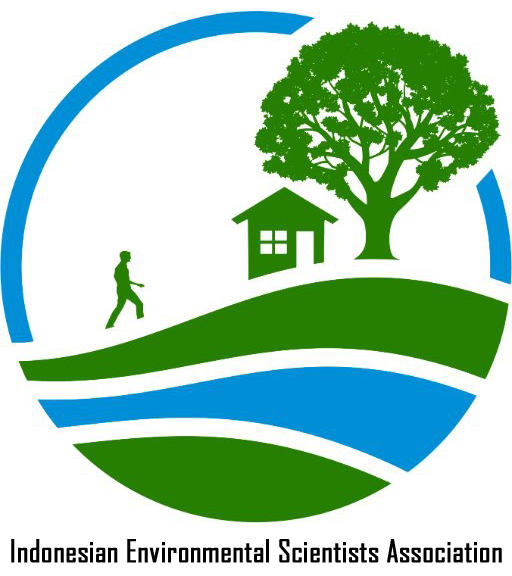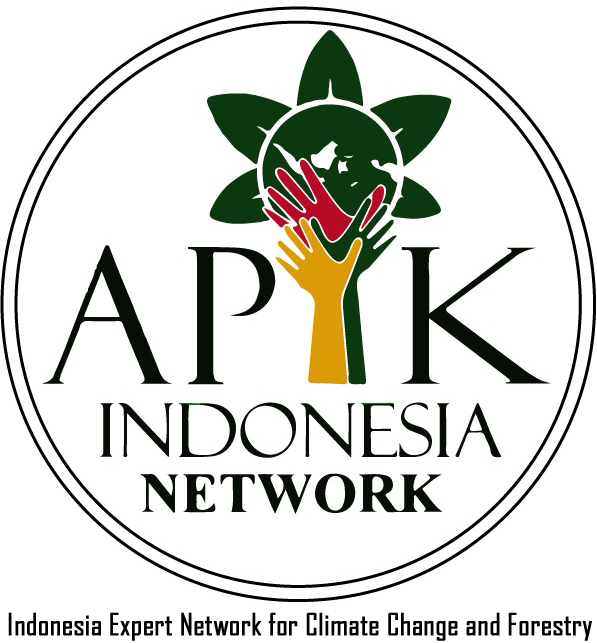Evaluasi Pengelolaan Limbah Bahan Berbahaya Dan Beracun (B3) Di Industri Farmasi
Abstract
Keywords
Full Text:
PDF (Bahasa Indonesia)References
S. M. Hanning et al., “Quantification and composition of pharmaceutical waste in New Zealand,” J Mater Cycles Waste Manag, vol. 24, no. 4, pp. 1603–1611, Jul. 2022, doi: 10.1007/s10163-022-01410-z.
Kementerian Kesehatan, “Peraturan Menteri Kesehatan Republik Indonesia Nomor 1799/Menkes/Per/XII/2010 tentang Industri Farmasi.” 2010.
T. H. Ichtiakhiri and S. Sudarmaji, “Pengelolaan Limbah B3 dan keluhan Kesehaatan Pekerja di PT INKA (Persero) Kota Madiun,” JKL, vol. 8, no. 1, p. 118, Dec. 2016, doi: 10.20473/jkl.v8i1.2015.118-127.
Pemerintah Republik Indonesia, “Peraturan Pemerintah Nomor 101 Tahun 2014 tentang Pengelolaan Limbah Bahan Berbahaya dan Beracun.” 2014.
F. A. Dewantara, V. Setiani, and M. C. Rizal, “Perancangan Tempat Penyimpanan Sementara (TPS) Limbah Bahan Berbahaya dan Beracun (B3) Pada PerusahaanGalangan Kapal,” no. 2581.
Kementerian Lingkungan Hidup, “Peraturan Menteri Lingkungan Hidup Nomor 18 Tahun 2009 tentang Tata Cara Perizinan Pengelolaan Limbah Bahan Berbahaya dan Beracun.”
R. W. Pratiwi, A. Setiawan, and A. E. Afiuddin, “PERANCANGAN TEMPAT PENYIMPANAN SEMENTARA (TPS) LIMBAH B3 (STUDI KASUS : BENGKEL MAINTENANCE PT. VARIA USAHA),” no. 2581.
L. Azzahra and N. M. Saptarini, “Pharmaceutical Industrial Waste Regulation in Five Countries in Asia,” Indonesian Journal of Phemaceutics, vol. 3, no. 1, 2021, doi: https://doi.org/10.24198/idjp.v2i2.26422.
K. T. Utami and S. Syafrudin, “Pengelolaan Limbah Bahan Berbahaya Dan Beracun (B3) Studi Kasuspt. Holcim Indonesia, Tbk Narogong Plant,” J. Presipitasi, vol. 15, no. 2, p. 127, Sep. 2018, doi: 10.14710/presipitasi.v15i2.127-132.
Kementerian Lingkungan Hidup dan Kehutanan, Kementerian Lingkungan Hidup dan Kehutanan. 2020.
R. Wisdayana, F. S. P. Pangesti, and A. Ariesmayana, “Redesain Tempat Penyimpanan Sementara Limbah B3 di Workshop PT. Purna Baja Harsco,” 2022.
DOI: http://dx.doi.org/10.33021/jenv.v9i2.4334
Copyright (c) 2024 Talent Nia Pramestyawati, Ro'du Dhuha Afrianisa

This work is licensed under a Creative Commons Attribution-ShareAlike 4.0 International License.
Journal of Environmental Engineering and Waste Management Published by PresUniv Press, in collaboration with IESA and APIK Indonesia Network




